Andrew Jefford talks about how rocks in some of the world’s greatest vineyards are formed — and addresses one of the key wine questions of our time...
*This is a shortened version of Andrew Jefford’s original column
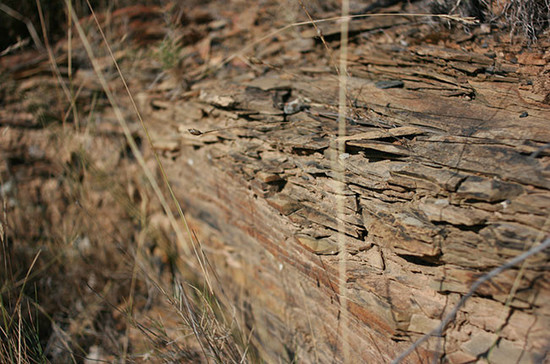
Let’s start … with lovely mud. It’s mixture of loam, silt and clay particles with water. Ancient or consolidated mud becomes a sedimentary rock: mudstone (if it breaks into chunks) or shale (if it breaks into slices).
If those sedimentary rocks are buried and subjected to pressure and heat, they become metamorphic rocks; their constituent minerals are reorganised. Clay minerals in particular are susceptible to change. Shale, if buried and subjected to oven-like temperatures over millions of years, gradually becomes slate. It might, at that point, find itself back up at the earth’s surface – or it might continue to descend further, into hotter zones, for more millions of years. If so, it will become schist. Pile on even more depth, pressure and heat and you’ll end up with gneiss.
All of these rock types have a multitude of variants and sometimes intermediate stages (like phyllite between slate and schist), and anyone who has read widely in wine literature will know that the names shale, slate and schist have fluid boundaries and overlapping applications. When does day become night? Where does one octave end and another begin? In continuous processes, all divisions are arbitrary.
Shale, slate and schist also happen to be key rock types in certain fine European vineyard areas. Many of Germany’s greatest Rieslings grow in the bare slate rubble of the Mosel and Rhine valleys; while most vines in Portugal’s Douro valley and Spain’s Priorat gnarl up out of a stony chaos of schist (though the Spanish term llicorella is generally translated as ‘slate’, underlining the haziness of nomenclature to which I have just alluded).
Since the topographies and/or climate regimes of these areas militate against thick soil layers and lush swards, both wine lovers and growers are familiar with the striking appearance and physical quiddity of the broken rocks themselves, and tend to marvel at the heroic endurance of often unirrigated vines planted in them many decades ago. When we sip wines from these places and find unfruity flavours which intrigue us, or note textural amplitude in the reds, we may assign such flavours and textures to ‘minerality’ — or even ‘slatiness’ or ‘schistiness’.
Are we correct? If so, by what means or mechanism might rock type influence wine flavour and texture — the outcome, after all, of the processing of a fruit crop? Or are we, distracted by vineyard appearance, signing up for a religion of the rocks? This is one of the key wine questions of our time.
A couple of weeks ago, I attended a tasting organised by ‘Terroirs de Schiste’ – a grouping of mainly French wine producers (though there are members in Priorat and the Valais too) working with distinctive schist vineyards.
The best place, in fact, to organise such a comparison would be St Chinian, an appellation with both limestone- and schist-derived soils in close proximity. Identical blends made identically in the same cellar from schist and limestone vineyards lying at the same altitude and with the same exposure in the same vintage might provide a valid comparison and enable tentative conclusions about the effects of each soil type to be drawn.
The growers pointed out that schist soils, usually acid in themselves, tend to give high pH wines (and that conversely high pH limestone soils tended to give lower pH wines) — but that, despite this, schist soils seem to bring freshness. They also pointed out that vines struggle and die more quickly on schist soils than on limestone soils, hence that growers on schist need to be very attentive to their plants.
However, I doubt that a tasting of this sort could ever reveal, time after time, a palpable sensorial key for a heterogenous group of wines which happen to share no more than soil type in common.
I’m, though, glad that we’re beginning to test these notions, and I remain devoted to the idea that the physical and chemical environment for the rooted vine (of which soil type and mineral composition is just one element) must be of some consequence. As I tasted these wines, it struck me that – at this macro level — soil type is perhaps best seen as an enabler of possibilities or a provider of qualitative horizons rather than something which brings any kind of clear sensorial stamp. In the sensual profile of most wines, it is an undertone compared to the overtones provided by climate, variety and winemaking strategy.
The importance of soils increases within single climatic zones of proven quality attainment where practitioners are generally using a single variety or standard blend, and share winemaking techniques; and it’s best proved by economics (in other words the market price over decades of fruit or wine from certain parcels or zones) and by the comparisons we might be able to make between such winemaking fruit or such wines.
The further you go up the quality pyramid, in other words, the more the precise physical and chemical environment for the rooted vine seems to matter. Germany’s finest slate vineyards confirm that as, of course, do Burgundy’s limestone and marl sites, and Bordeaux’s gravel sites. Getting to this level of renown is work in progress for the world’s schist vineyards, but I don’t doubt that the finest wines of the Douro, of Priorat and of certain zones of Southern France will get there eventually. Then we’ll know more. There’s an exciting century for schist growers ahead.
Translated by Liu Xiang / 留香
All rights reserved by Future plc. No part of this publication may be reproduced, distributed or transmitted in any form or by any means without the prior written permission of Decanter.
Only Official Media Partners (see About us) of DecanterChina.com may republish part of the content from the site without prior permission under strict Terms & Conditions. Contact china@decanter.com to learn about how to become an Official Media Partner of DecanterChina.com.

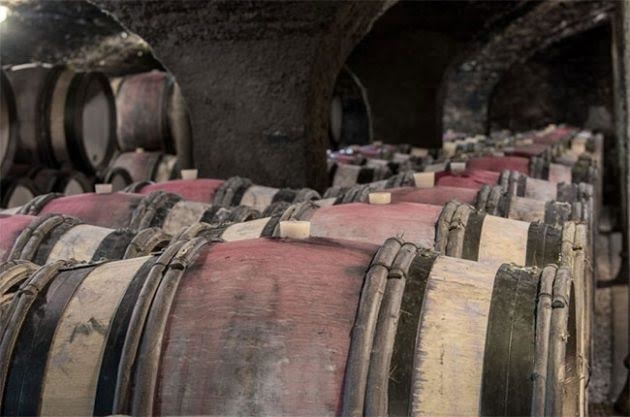
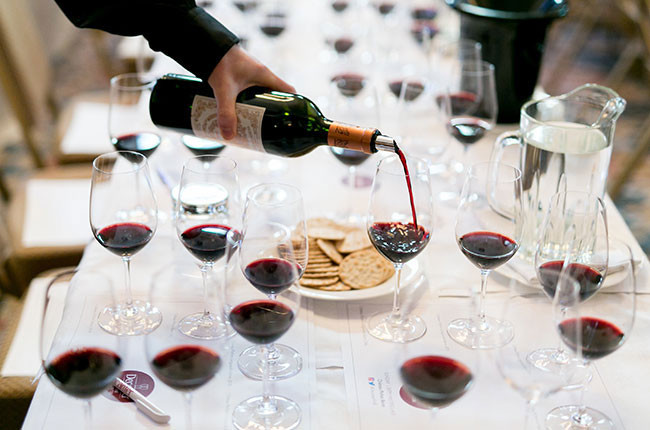
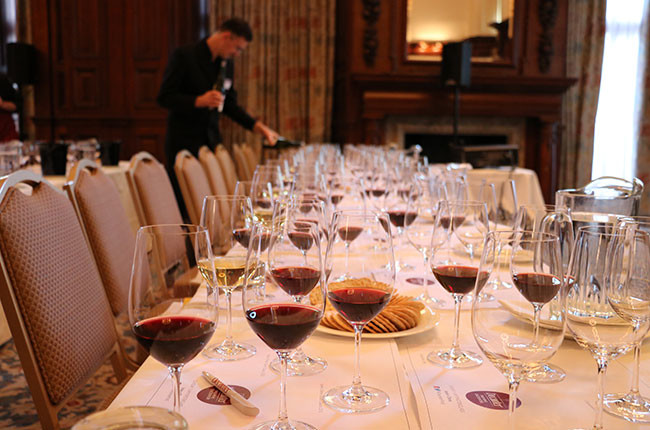
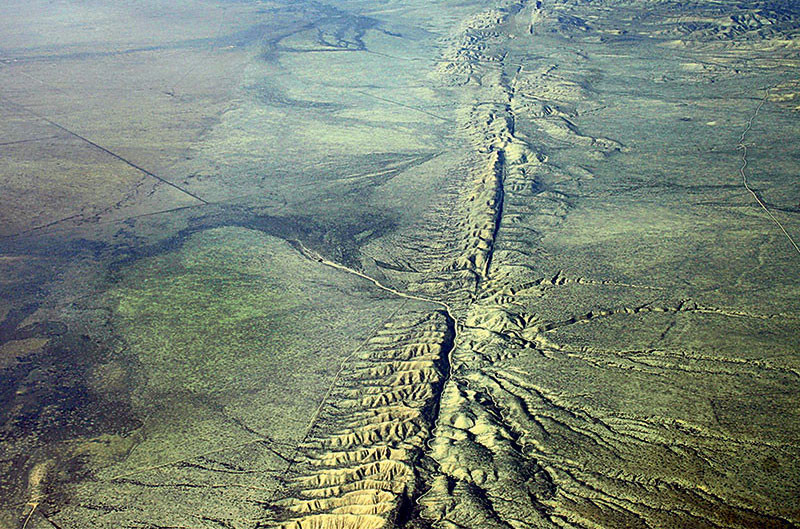
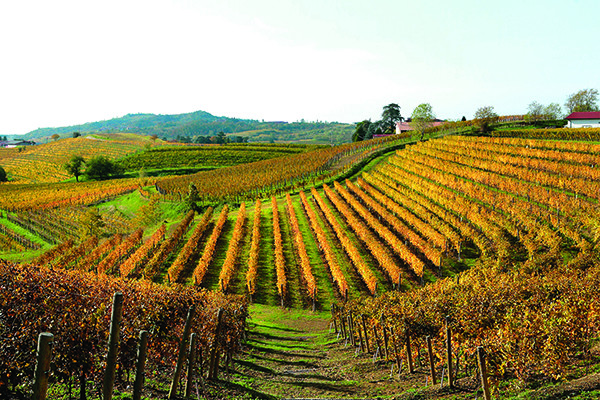
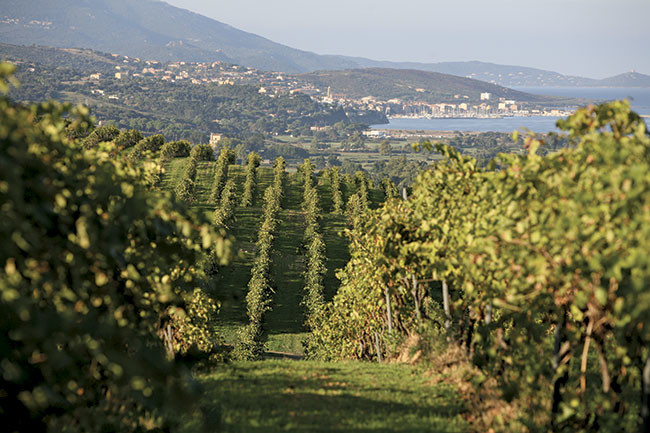
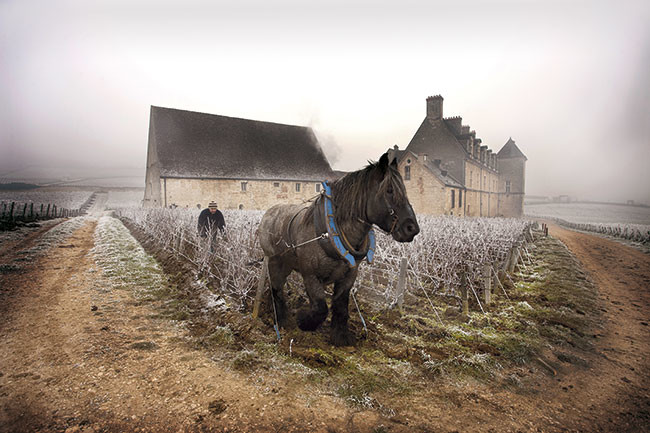
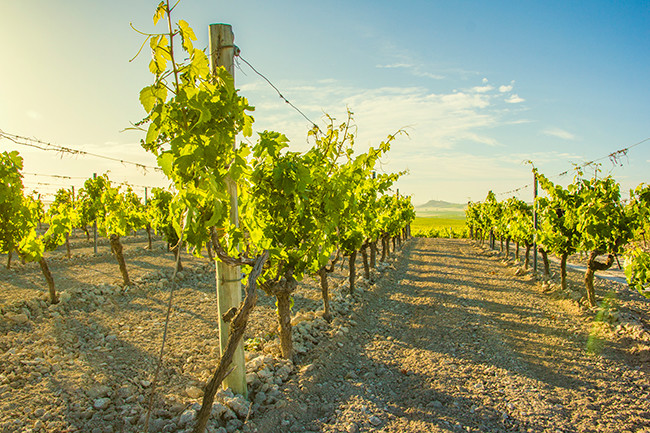
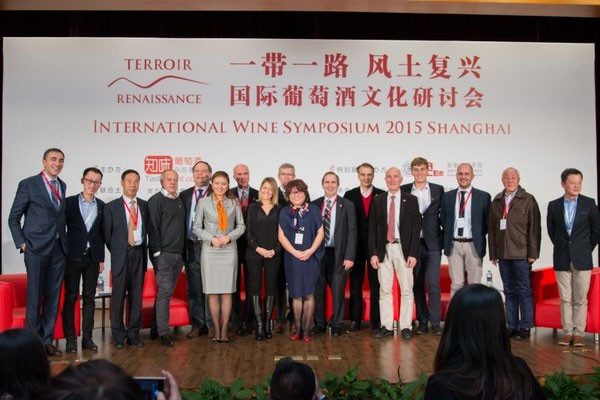
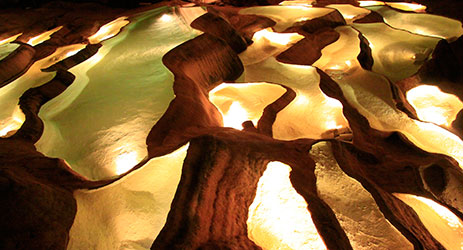
Comments
Submit